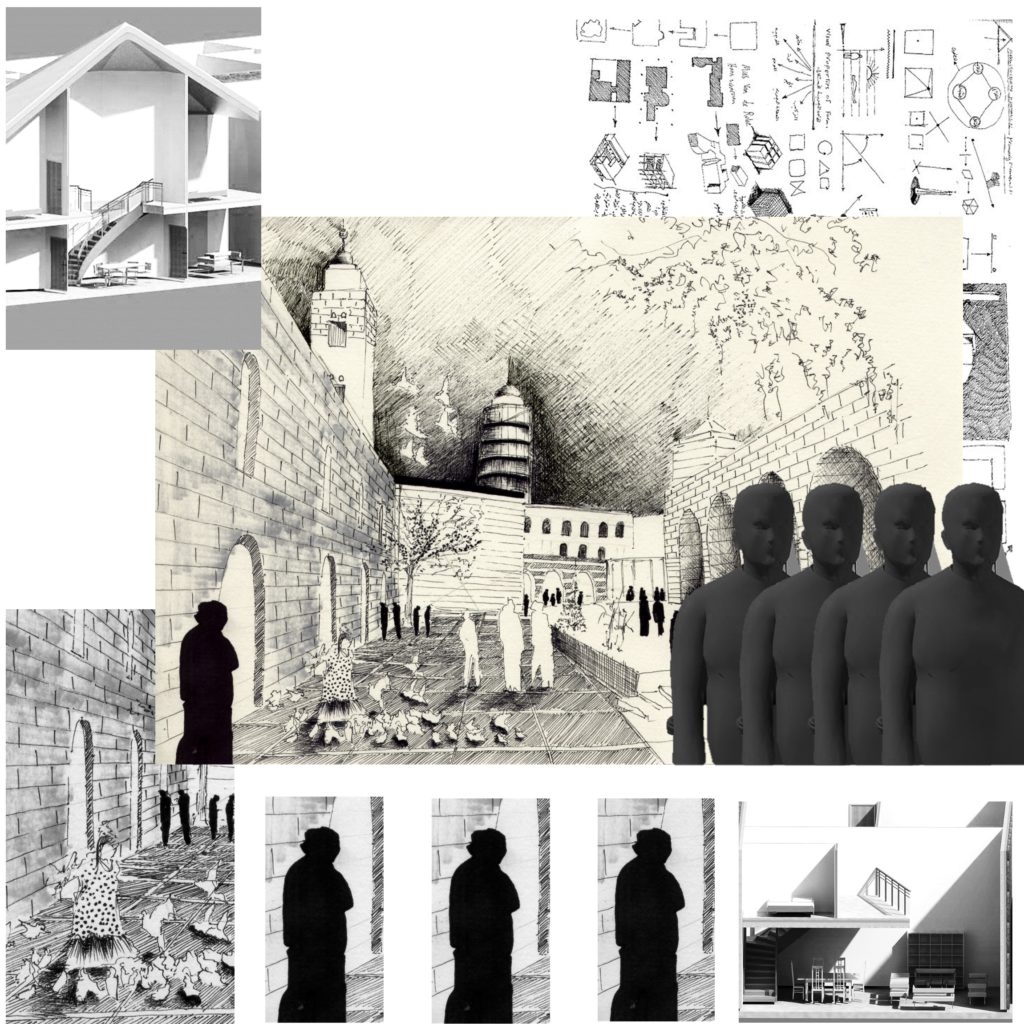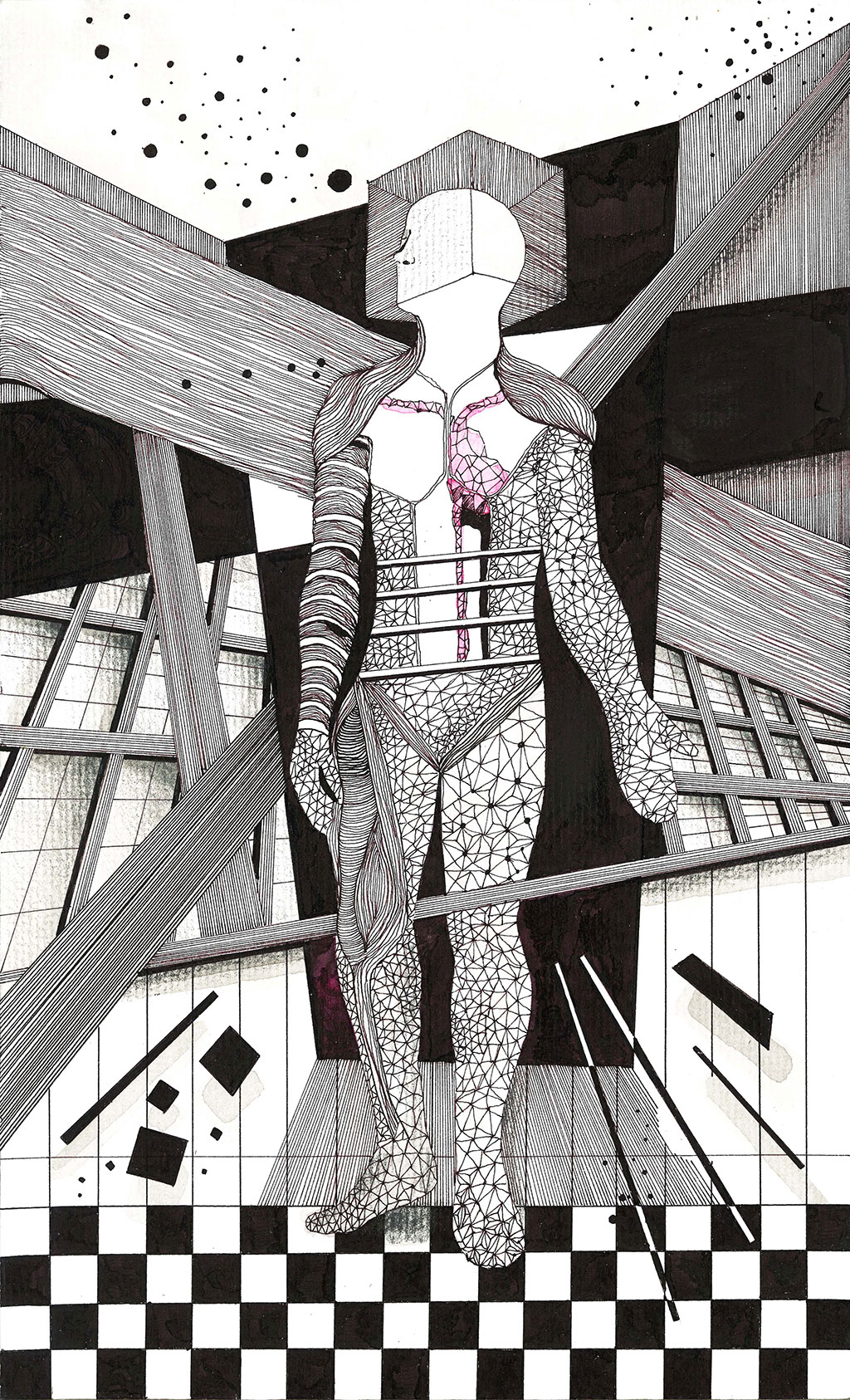Ammar Azzouz, PhD student in the Department of Architecture & Civil Engineering, talks about this year's Images of Research competition and the importance of communicating our research to the wider community:
Images of Research takes place every year at the University of Bath and across several universities in the UK. It aims to communicate complex research ideas to the public and reinvent dialogues between different departments across the University.
The 50 images submitted this year illustrate the extraordinarily varied research undertaken at our University and present these using novel techniques ranging from sketching and hand-drawing to collage and photographs. They individually and collectively present some of the critical issues we are facing in our modern society including Alzheimer’s, aging, building materials, 3D-printing, scams, asylum seekers and racism.
My entry Hand Versus Machine? has been awarded the highly commended best image award. I was also one of only three postgraduates to be shortlisted for the Vice-Chancellor’s Awards for Public Engagement with Research. I am really honoured that my passion for sharing my research with the public has been acknowledged.
Engaging the public
I believe events like this are of vital importance in bridging the gap between researchers and the public. Academics have to be more engaged with the community and follow in the steps of artists. Henry Moore, one of the most influential British artists, for instance, pioneered the use of films and documentaries to share his art with the wider public through television. He created a new way of showing art and presented the uncertainty surrounding the process of creating sculptures in regards to form and material in his films. Researchers have to look for creative and innovative ways to empower people, by transferring their skills and knowledge to our community. By doing so, our research will not only be documented in conference and journal papers, but also be translated into engaging projects.
My 2015 Images of Research entry

My Hand Versus Machine? collage questions the tools and techniques that architects use to translate their ideas to real life. For most of our history architects have used traditional techniques to communicate their ideas such as, inking, hand-drawing and painting. These techniques are vanishing and being replaced by new emerging tools. Since the 1960s, architects have used computers to generate 2D drawings and 3D models to imagine the future of our built environment. These models are realistic, informative and engaging.
Nowadays digital models are becoming even more complex since they require 4D (time) and 5D (cost) to be attached to every element of the model. Despite these pioneering advances that technology has offered, we have to use it in a more efficient and intelligent way that will lead to a smarter built environment. So shall we use hands or machines to communicate ideas? Perhaps both at different stages of the project, but it is important to emphasise the way we use our hands and the way we use our machines.
